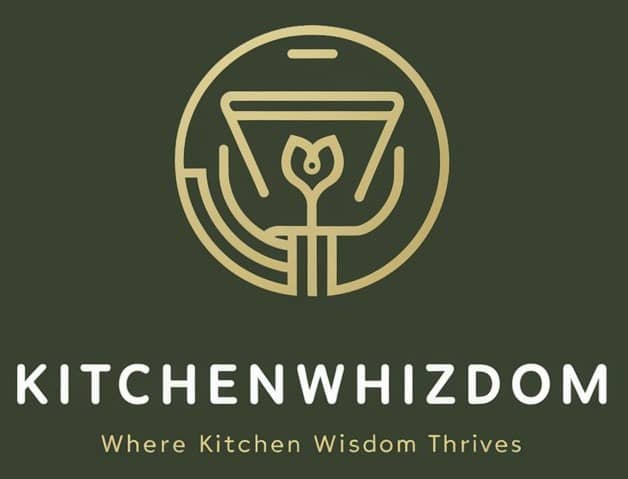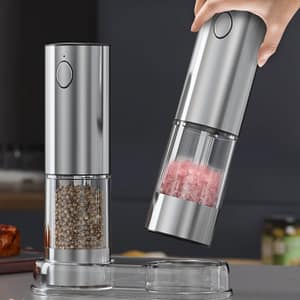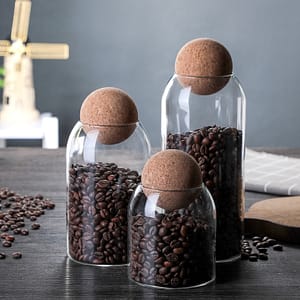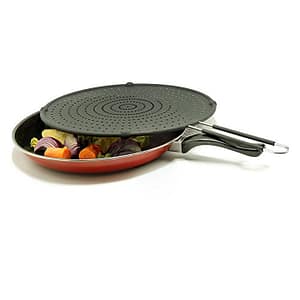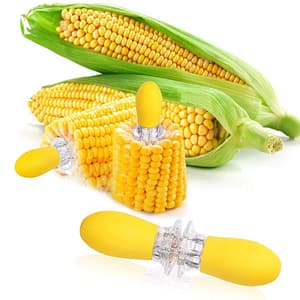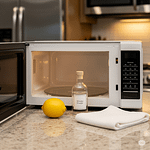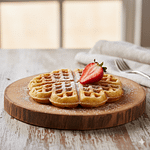
Blog Details
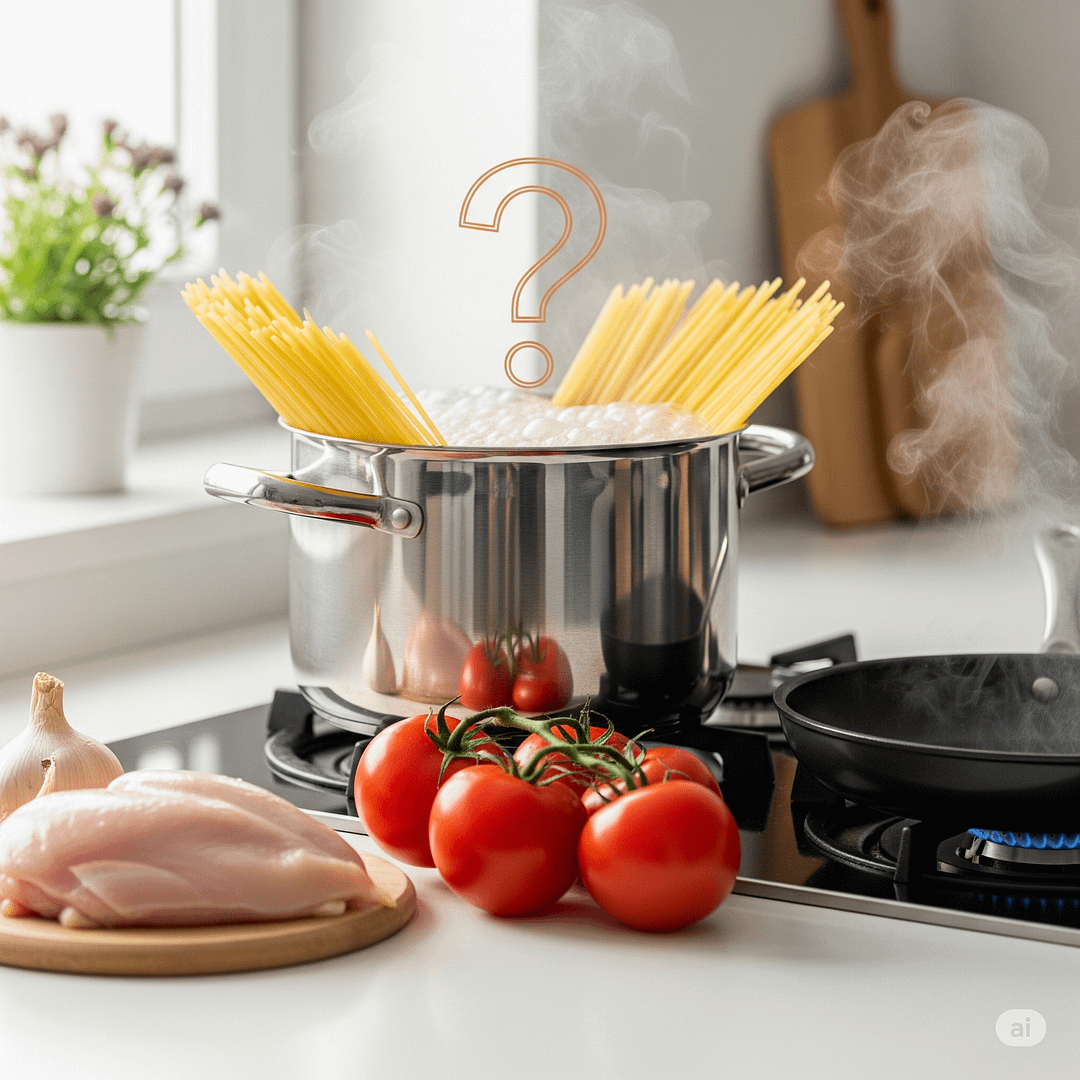
Are Your Habits Harming Food?
We all have our routines in the kitchen, habits passed down through generations or picked up from a friend. But what if some of these tried-and-true methods are actually doing more harm than good to your ingredients and dishes?
From how you store produce to how you cook your meat, common kitchen myths can subtly sabotage your efforts, affecting flavor, texture, and even food safety.
It’s time to separate fact from fiction and unlock the true potential of your food. Prepare to rethink some of your oldest kitchen habits!
Myth 1: You Must Wash Raw Chicken Before Cooking
This is one of the most persistent and potentially dangerous kitchen myths. Many believe washing raw chicken removes harmful bacteria like Salmonella. However, the opposite is true.
Rinsing chicken under a tap can splash bacteria-laden water onto your sink, countertops, and other surfaces, leading to cross-contamination in your kitchen. Cooking chicken to the correct internal temperature (165∘F or 74∘C) is the only way to kill these bacteria safely.
Correct Practice: Cook raw chicken straight from the package. If you absolutely must pat it dry, use paper towels and immediately discard them, then thoroughly wash your hands and sanitize any surfaces that might have come into contact with the raw chicken or its juices.
Myth 2: Tomatoes Belong in the Refrigerator
It might seem logical to pop fresh tomatoes in the fridge to keep them fresh longer. However, cold temperatures actively break down the membranes in tomatoes, causing them to become mealy, lose their firm texture, and dramatically dull their vibrant flavor. This is particularly true for those beautiful, ripe summer tomatoes!
Correct Practice: Store ripe tomatoes at room temperature, stem-side down, away from direct sunlight. Only refrigerate them if they are exceptionally ripe and you need an an extra day or two before use. For cut tomatoes, storing them in an airtight container in the fridge is fine, but bring them back to room temperature before serving for best flavor.
For keeping all your produce optimally, consider using Kitchen Whizdom airtight food Silicone Sealed Bags to maximize freshness for those items that do belong in the fridge.
Myth 3: Searing Meat Locks in Juices
This is a classic culinary myth. While searing meat (like steak or chops) creates a beautiful, flavorful crust through the Maillard reaction, it doesn’t “lock in” juices. In fact, intense heat can cause meat to lose some moisture. The primary purpose of searing is to develop rich flavor and appealing texture on the surface.
Correct Practice: Sear your meat to build that delicious crust, and then finish cooking it to your desired internal temperature using methods like roasting, reverse searing, or pan-frying.
For precision, a good meat thermometer is invaluable. And ensuring you have the right tools, like a KitchenWhizdom Non-stick Copper Skillet, can make all the difference in achieving that perfect sear.
Myth 4: Always Rinse Pasta After Draining
Unless you’re making a cold pasta salad, rinsing your cooked pasta is a big no-no for most dishes. The starchy film left on hot pasta after draining is crucial for sauce adhesion. Rinsing washes away this starch, making it harder for your delicious sauce to cling to the noodles, resulting in a less flavorful dish.
Correct Practice: Drain your pasta thoroughly, but don’t rinse it. Immediately toss it with your hot sauce. If you need to stop the cooking process for a very specific reason (like for a cold salad), rinsing with cold water is acceptable, but be aware of the impact on sauce adherence for hot dishes.
Conclusion:
By ditching these common kitchen myths, you’re not just improving your cooking; you’re often enhancing food safety, maximizing flavor, and getting the most out of your ingredients. Small changes in your habits can lead to significant improvements in your culinary adventures. So, go forth and cook smarter, not harder!
FAQ Section:
Is it safe to put hot food directly into the refrigerator?
Yes, it is safe and often recommended to cool food quickly to prevent bacterial growth. Divide large amounts of hot food into smaller, shallow containers to help them cool faster before refrigerating.
Does adding oil to pasta water prevent sticking?
Not really. Oil floats on top of the water and gets drained away with the water. The best way to prevent pasta from sticking is to use a large enough pot, plenty of water, and stir it frequently, especially in the first few minutes of cooking.
Can I freeze tomatoes to save them?
Yes, you can! While frozen tomatoes won’t retain their fresh texture for salads, they are excellent for cooking. Simply core them, place them whole or chopped in freezer bags, and use them later for sauces, soups, or stews.
How important is seasoning throughout the cooking process?
Extremely important! Seasoning in layers (e.g., salting meat before searing, seasoning vegetables as they cook, adjusting at the end) builds depth of flavor. It’s one of the “secrets to flavorful meals” that we might explore in a future blog post!
Are there other common kitchen myths I should know about?
Absolutely! The culinary world is full of them. Some others include “always rest meat before carving” (mostly true, but nuances exist), “fresh herbs are always better than dried” (depends on the herb and dish), and “wooden cutting boards are less hygienic than plastic” (both are fine if cleaned properly).
Keep an eye on KitchenWhizdom.store for more myth-busting articles! Dont forget to check out our newly launched free tool that can make your journey to kitchen easier : Recipe Cost Calculator
Our Products
-
Unique Book Coffee Cup – Stack of Books Design
₹1,681.00 – ₹1,695.00Price range: ₹1,681.00 through ₹1,695.00 Select options This product has multiple variants. The options may be chosen on the product page -
Salt & Pepper Electric Grinder – Rechargeable
₹2,435.00 Select options This product has multiple variants. The options may be chosen on the product page -
Glass Storage Jar – Cork Lid & Minimalist Design
₹2,563.00 Select options This product has multiple variants. The options may be chosen on the product page -
Food grade Silicone Splash Screen – Mess-Free Cooking
₹2,158.00 Select options This product has multiple variants. The options may be chosen on the product page -
Stainless Steel Corn Cob Holders – Mess-Free
₹1,086.00 Select options This product has multiple variants. The options may be chosen on the product page -
Silicone Donut Mold – Makes 6 Non-Stick Donuts
₹833.00 Select options This product has multiple variants. The options may be chosen on the product page
Products
-
Unique Book Coffee Cup – Stack of Books Design
₹1,681.00 – ₹1,695.00Price range: ₹1,681.00 through ₹1,695.00 Select options This product has multiple variants. The options may be chosen on the product page -
Salt & Pepper Electric Grinder – Rechargeable
₹2,435.00 Select options This product has multiple variants. The options may be chosen on the product page -
Glass Storage Jar – Cork Lid & Minimalist Design
₹2,563.00 Select options This product has multiple variants. The options may be chosen on the product page -
Food grade Silicone Splash Screen – Mess-Free Cooking
₹2,158.00 Select options This product has multiple variants. The options may be chosen on the product page
